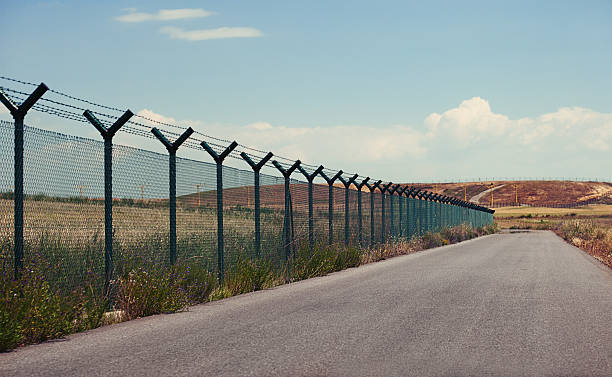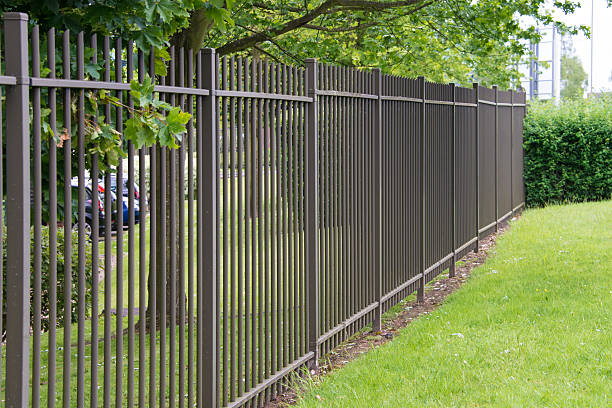Fence Installation: Creating the Ideal Perimeter
Introduction
Fence installation is much more than a simple exercise of utility; it also has the capability to mark the boundaries and secure spaces to create perfect outdoor livability. From a small intimate backyard to a spacious property, proper fencing has the utility and beauty for a perfectly installed fence. The details below refer to the material used for fencing installation, technique, and even recommendations from an expert to make this structure firm and visually beautiful.

1. Evaluate Your Needs
Before you dive into installing your fence, know what purpose it will serve. Will it be for privacy, safety, or to enhance your view? A privacy fence might have solid panels while a decorative fence may be made with much more detailed designs like wrought iron.
Knowing what you are looking for helps you figure out how tall, what style, and the material to be used on the project.
2. Materials for Fencing Installation
Material choice is key to your fence's durability and longevity. Consider the following common options:
Wood: Privacy and customization are well served by using wood. It can be made into any style desired, from picket to shadowbox designs.
Vinyl: Vinyl is a great low-maintenance alternative to wood, lasting longer and holding color much better.
Chain Link: The ultimate security fence, chain link fences are affordable and very easy to install.
Composite: Wood fibers mixed with plastic, composite fencing has the appearance of wood with additional strength to resist weathering.
All of them have their pros and cons. Thus, make your choice by considering the budget, maintenance, and climate suitability of your region.
3. Preparing for Installation
The successful installation of a fence depends on proper preparation. Begin by consulting the local regulations and acquiring any necessary permits. Use a measuring tape and stakes to outline the fence line and mark post locations.
Remove any obstacles from the area and level uneven ground as necessary. When installing along a slope, a stepped or contoured design will help account for the incline.
4. Post Installation: The Framework
Your fence fence posts are the backbone support structures. Dig holes for these post using a post hole digger deep enough to ensure posts have a firm hold on them, typically one-third the depth of the length of the post.
Position each post into the hole aligned with the help of a string line. Pour concrete into the holes for added stability and allow the recommended time to pass before installing your rails or panels.
5. Assembling Fence Components
Now that the posts are in place, horizontal rails can be installed. Horizontal rails form the sub-structure of a board or panel. The rails should be level and securely attached to the posts.
Pre-fabricated panels can be mounted directly to the posts by mounting each panel on the posts and securing with brackets or screws. Again, maintain uniform spacing and ensure the installation height is level.
6. Installing the Gates
Gates are an integral part of most fences. They provide access to the area behind the fence while maintaining security. Choose a gate style that will complement the fence design and install it using heavy-duty hinges and latches. This ensures smooth operation and durability.

7. Protective Finishes and Maintenance
The last step of installing a fence is applying protective finishes to extend the lifespan of the fence. Wooden fences can be stained or sealed, while metal fences may need rust-resistant coatings.
The fence should be maintained regularly through cleaning and inspection. Minor issues must be addressed before they turn into major repairs in the future.
Conclusion
It is an absolutely satisfying project in terms of functionality and design merged together. While choosing the material and preparing the site, it is always best to apply best practices in doing so, that your fence remains functional as well as beautiful. With proper care, you will love having this fantastic addition to your property for years to come.